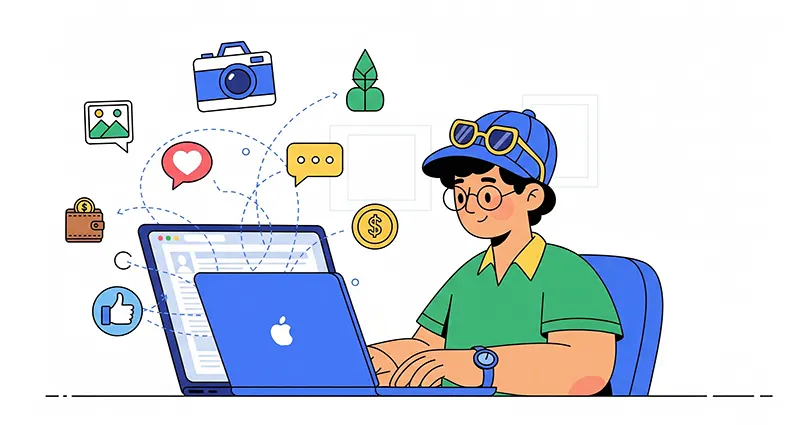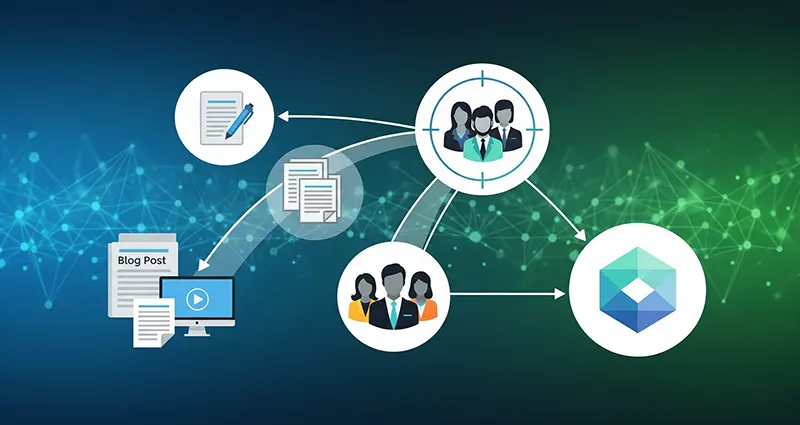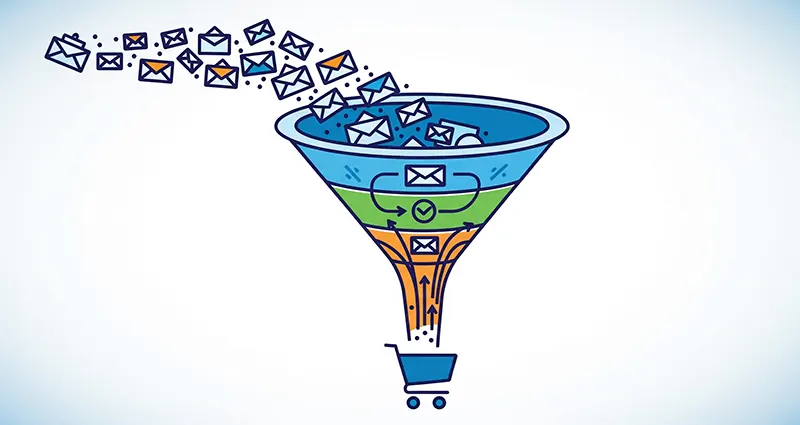Affordable Social Media Advertising Tools for Freelancers
Freelancers often face the challenge of marketing their services effectively without breaking the bank. Social media advertising offers a powerful avenue to reach potential clients, build brand awareness, and grow your freelance business. However, managing paid campaigns across various platforms can get expensive fast. Luckily, there are several affordable social media advertising tools tailored for freelancers that make it easier to create, manage, and optimize campaigns on a budget. Here’s a look at some of the best options available.
1. Canva Pro
While primarily a graphic design tool, Canva Pro is invaluable for freelancers running social media ads. It allows you to create eye-catching, professional-quality visuals optimized for different social networks without needing advanced design skills or expensive software. With ready-made templates and branding kits, you can quickly produce ads that grab attention — a crucial component for successful social media advertising.
- Pricing: Starts at around $12.99/month (offers a free












